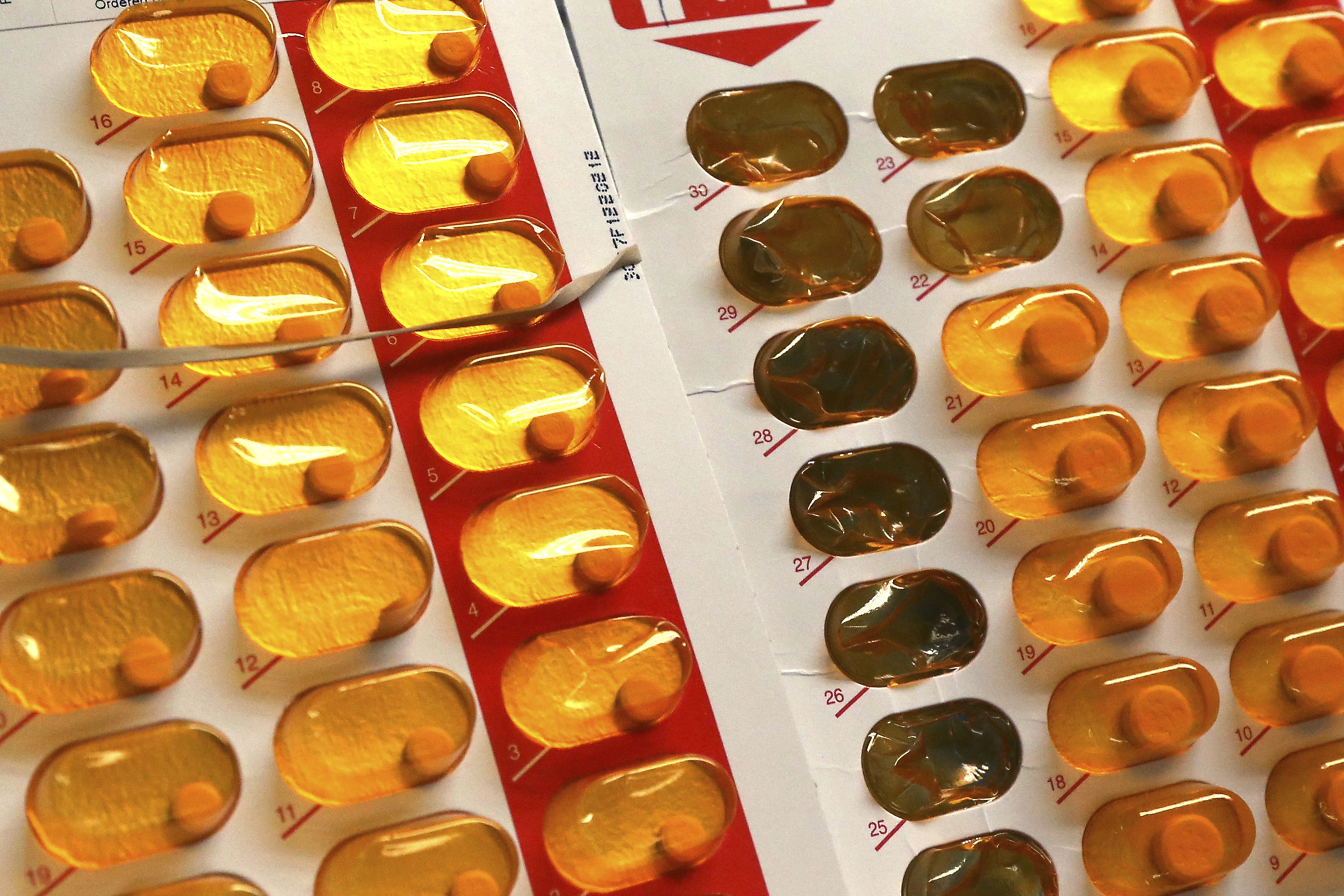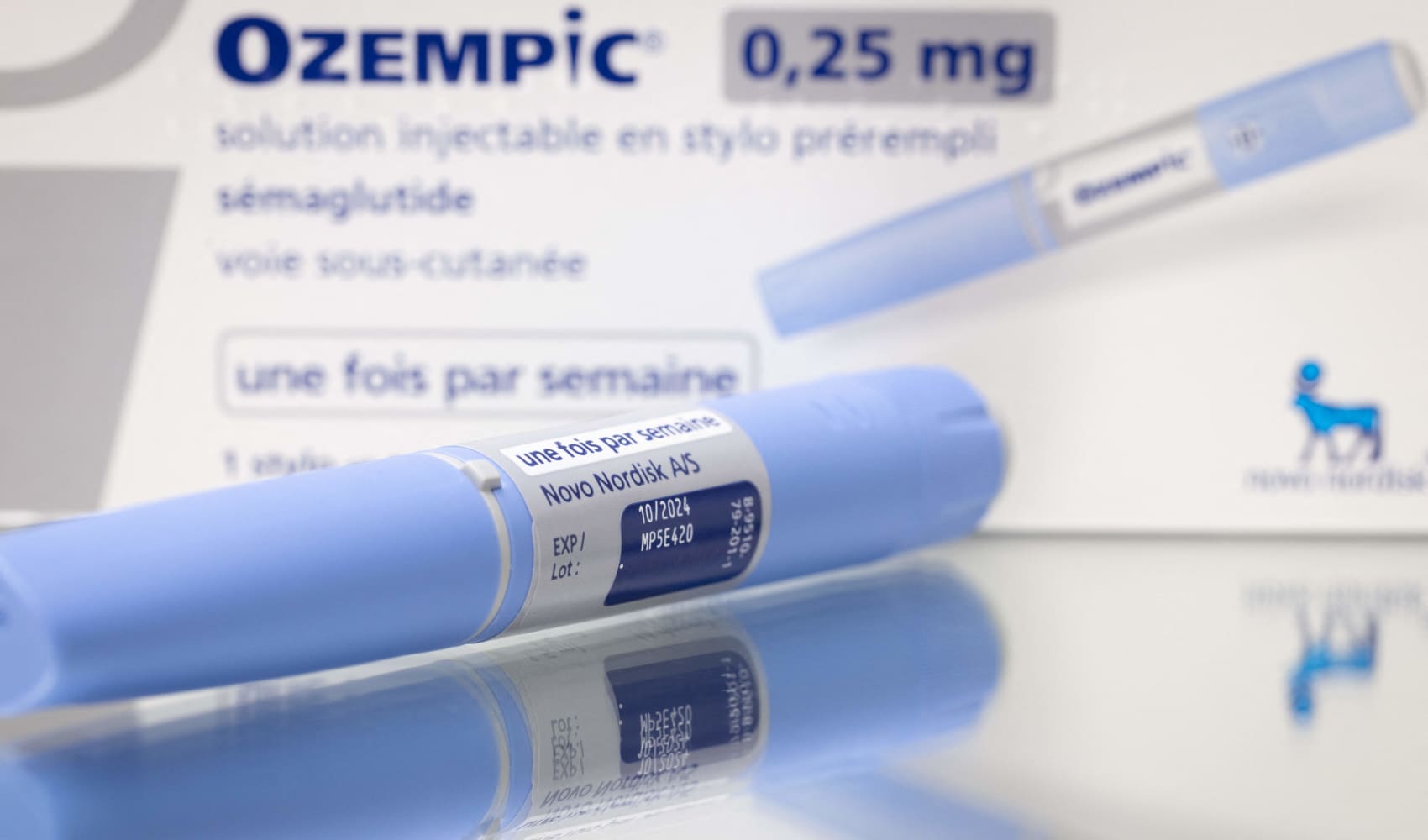It’s 11 a.m. and I’m in the midst of another busy winter day in my pediatric office. The reception area is over-flowing with children and their parents, and they all seem to be coughing, sneezing, and blowing their noses.
My next patient is Timmy Cooper, an ordinarily charming three-year-old, who is acting not quite so charming today. As I walk in the door, Mrs. Cooper blurts out, “Doctor Lessin, he’s sick again! He’s got a fever, he’s coughing and they sent him home from daycare. If I miss any more work, I’m going to lose my job. My mother insisted I ask you why he’s sick all the time. Shouldn’t we run some tests?”
In my 20 years of caring for the health of children, I cannot begin to tell you how often I’ve heard this complaint. Childhood is viewed by nearly all of us as a time of good health. But while children are nowhere near as likely to suffer the serious or chronic illnesses that adults all too often suffer, good health is a relative thing. If you’ve had children, you know that kids get sick a lot and are prone to a vast array of illnesses. Many parents feel as though they are in a “revolving door” to my office. Their children get over one illness and they are back with yet another, prompting parents to ask, “Why is my child always sick?”
In order to answer this question, we must learn a little about the common childhood illnesses: What causes them? How much is “too much?” What factors increase the risk of illnesses? What can we do to prevent them? What can we do to treat our children when they are sick?
What Happens When Our Children Get Sick?
As we all know, there are plenty of germs out there. When a child is exposed to any germ, it may get around the body’s defenses and gain entry. Kids help things along by not being very concerned with where they put their hands or how close they get to their little friends. One child’s germs can easily make the acquaintance of his playmate.
Once inside, germs quickly find a home inside the cells of the child’s body. They take over the cells and use them to make more germs. This process often kills the host cell (the cell in which the germ is residing), releasing the new germs to find more new cells to continue the process of reproduction. Depending on where the germs settle, the result is a malfunction of a body system that causes the symptoms of the illness.
Health
If germs settle in the upper respiratory tract, we get cold symptoms such as cough and runny nose. If they settle in the lower respiratory tract, we get wheezing or pneumonia. If they settle in the bladder, in the blood or brain, or in other body tissues, we get symptoms of malfunction in those areas. To make matters worse, the germs give off toxins that also affect the body and can make us sick.
How The Body Fights Back
Now the body is not just standing by idly during all this. It has an immune system that responds to fight off the infection by sending its army of chemicals, antibodies and blood cells to the area to fight the invaders. Unfortunately, the battle itself can make us feel sick as well, since some of the chemicals cause symptoms such as fever.
The amazing thing about the immune system is that it has a memory. Once it has seen and fought a germ, it remembers it and can mount a much larger response the next time the germ visits, often killing it before it can get established and cause an illness. This is called “immunity”, and it is the basis for all of the vaccines that we give children to prevent serious diseases.
The problem with kids, particularly young kids, is simply that they haven’t been around very long, and their bodies have not met many of the germs that surround us. Therefore, they get sick often. This leads us to an important fact: In order to build immunity, kids have to get sick!
How Much Sickness Is “Too Much”?
How often do kids “normally” get sick? The numbers will almost certainly surprise you. In the first year of life, you can expect your infant to get sick an astounding 8-12 times! It’s not much better in the second year, when kids get sick an average of 6-8 times. I am not talking about serious or life threatening illnesses. I am talking about the usual childhood illnesses: colds, stomach “bugs”, and flu-like illnesses.
As your kids get older and they have the opportunity to build immunity to more illnesses, the frequency of illness becomes much less. Since most illness is seasonal and particularly frequent over the winter, the number of illnesses is compressed over a few months, giving you the impression (or confirming the reality) that your kids are sick all the time.
A Few Important Warnings
The younger your child, the more concerned you should be when he is sick. Any illness in a child younger than three months of age is a cause for concern, especially if he has a fever (a rectal temperature of greater than 100.5° F.), and you should contact your doctor for advice. If a child less than one month old has a fever, you should contact your doctor and be seen by a medical professional as soon as possible. If ever you are concerned about your child’s condition or appearance, regardless of age, you should call your doctor.
Bacteria And Viruses - What’s The Difference?
There are two types of germs that cause most illnesses in kids: bacteria and viruses. They can cause similar illnesses with similar symptoms, but despite this fact, the two are as different as night and day.
The difference between these two types of germs often causes misunderstanding between doctors and patients. You take your child to the doctor for two reasons: in order to get something that will make the child well, and to make sure that there is nothing seriously wrong. In most cases, we can reassure you that there is indeed nothing serious going on. Doing something that will cure the illness is another story entirely. This brings me back to the difference between bacteria and viruses.
Bacteria: Bacteria are complex micro-organisms that can be killed by medications called antibiotics that disrupt their internal function. Many parents come to my office expecting me to prescribe antibiotics to make their sick child well. Unfortunately, antibiotics are not a “magic bullet” that kill all germs. They kill only bacteria, and bacteria cause only a very small percentage of illnesses in children.
Over-prescribing antibiotics for infections in which they are of no value is not only an expensive waste of time, but it is dangerous as well. It exposes children to drugs that can cause side effects and allergy. Equally important, it causes drug resistance in bacteria, and this ultimately makes antibiotics ineffective, a problem that is becoming very serious at the present time.
Viruses: The majority of childhood infections are not caused by bacteria. They are caused by viruses. Viruses are very simple creatures. They consist of a few protein molecules inside a cell membrane that have a single function: to reproduce themselves. Viruses are very good at reproduction, turning out millions of copies of themselves and killing the host cells they infect.
The reason kids get so many viruses is that there are so many viruses to get. There are over 100 types of rhinovirus, the germ that causes the common cold. There are more than 60 types of enteroviruses, the germ that causes many stomach bugs. There are dozens of other viruses, each with many sub-types. Even if your child got one every month, it would be years and years before he would see, and become immune, to them all. Viruses are everywhere and each child may be carrying several of them. Is it any wonder that your child is sick a lot?
A Word About Antibiotics
Antibiotics are useless against viruses. While there are some anti-viral drugs on the market, they don’t work very well and are rarely used in children. Fortunately, most viruses, even though they make your child feel sick and may spread to the entire household, are usually minor illnesses. They go away without any treatment at all.
Once again, there is no 100% assurance that your child’s symptoms are minor, even if they are caused by a virus. Therefore, if you are concerned about your child’s condition, it is better to call the doctor.
Know The Risk Factors
Mrs. Cooper’s complaint about missing work is all too common. In a world where both parents want to or need to work, the result is a rise in the numbers of children in daycare.
When I was young, the first time I was exposed to large groups of children was in Kindergarten. That was the year that my mom complained that I was always sick. Then, as pre-school became more popular, the age of first exposure to groups of kids got younger. Now with the huge numbers of children in daycare, the age children are exposed to other children is much younger. Often kids are exposed to a huge variety of new germs in their first few months of life.
The more children your child is around, the more likely it is that he or she will get sick. It’s a fact of modern life. Daycare providers and parents can help by emphasizing good hygiene, cleanliness, and most importantly, frequent hand washing. All of these will cut down on, but not eliminate, exposure to illness in the daycare setting.
Another risk factor is exposure to second hand cigarette smoke, as smoking has been shown to increase the frequency and severity of all respiratory infections, in general, and ear infections, in particular. Also, you must recognize that some kids get sick more often than others. We are not all the same and our immune systems do not all function with the same level of efficiency.
Timmy Cooper’s Diagnosis
Let’s return to the office and Timmy Cooper who, upon examination, I find has a runny nose and a cough, has been sick for just over a day, has a temperature of 101.5°F, and has no abnormal findings on his physical examination. In addition, he appears well nourished and generally healthy. He talks to me and even smiles when I give him a sticker. Mrs. Cooper tells me that he is in daycare with six other children and that he gets sick about four or five times a year, less than when he was an infant. He’s never had any serious illness.
I can safely tell Mrs. Cooper, that Timmy has a viral illness and will likely be sick for a few days. He will get better by himself, and antibiotics will be of no use. If his symptoms are distressing, she can give him acetominophen or ibuprofen to reduce his fever and make him feel better. If his cold symptoms are very bothersome, she can try over the counter cold remedies, but chances are they won’t make a lot of difference, and they may cause side effects.
While it seems to Mrs. Cooper that Timmy is sick a lot, the frequency is not unusual. He looks healthy, and he has a normal examination, so we do not need to torture him with any tests. I can assure Mrs. Cooper that as her son gets older, he will be sick less frequently. And as long as he does not experience any severe symptoms, as his doctor, I find no cause for concern.



